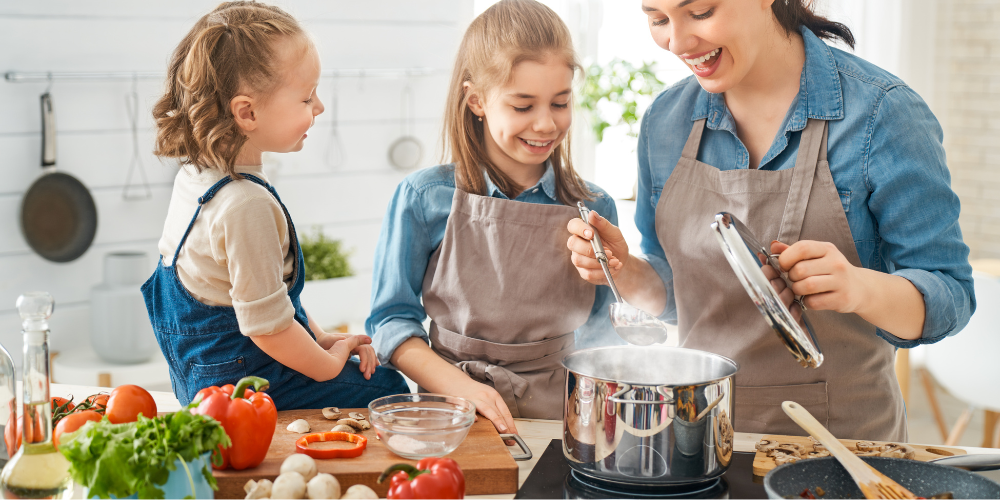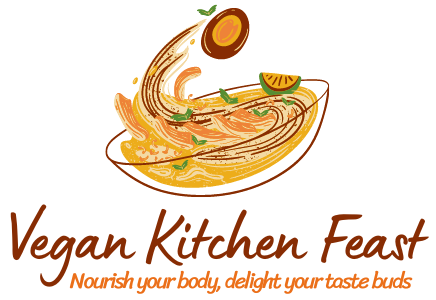
When I consider feeding children a vegan diet, I focus on mixing amusement with the essentials of good nutrition. It’s crucial because kids are growing every day, and their bodies crave a slew of nutrients to support that growth. I aim to craft meals that are as enjoyable as they are wholesome.
Kids’ nutritional needs differ from those of adults. They require more of certain vitamins and minerals to bolster their development. Essential nutrients like calcium for bone growth, iron for blood health, and protein for overall development are non-negotiable. I ensure these are present in their meals.
One of my main goals is to make vegan meals appealing to children. I avoid presenting a plate that looks like it’s missing the ‘fun’ part. I put color, texture, and taste at the forefront to capture their interest. I also tackle myths head-on, like ‘vegan diets are protein-deficient’, and offer facts to show how a plant-based plan can actually cover all bases.
I’m aware that as the attention span of children can be short, I need to make the concept of vegan eating quick to grasp yet engaging – I use simple explanations and relatable examples. I’m setting the stage here for a week’s worth of meals that are vibrant, tempting, and, above all, health-affirming.
Planning Your Vegan Week: A Meal Plan Kids Will Love
Creating a kid-friendly vegan meal plan isn’t just about substituting non-vegan items; it’s about ensuring the meals are nutritious, enjoyable, and diverse. Here’s a sample 7-day vegan meal plan tailored for the younger ones in your family.
BREAKFAST kick-starts their day with energy and enthusiasm without relying on the usual dairy or meat products. Consider options like oatmeal sweetened with maple syrup and topped with fruit, or maybe a smoothie bowl with a variety of seeds and nut butters for added protein.
Moving to LUNCH, a beloved time for school-aged kids, packables like hummus and veggie wraps, or quinoa salads work great. Include a sweet treat, perhaps a homemade oat bar with dried fruit, to keep things exciting.
For DINNER, the aim is to offer meals that are wholesome and that kids look forward to. Vegan tacos with lentils and guacamole or a creamy pasta dish using cashew-based sauces can become new family favorites. A side of steamed veggies can boost the nutrition profile even more.
SNACKS are crucial for keeping kids satisfied between meals. Think sliced apples with almond butter or baked kale chips. These choices provide energy and nutrients without excess sugar or empty calories.
Balancing the nutrition spectrum can be simple. Aim for a mix of fruits, vegetables, whole grains, nuts, and seeds throughout the week to cover the various vitamins, minerals, and proteins kids need to thrive.
Meal prep can save precious time during your busy week. Reserve a couple of hours on the weekend to prepare some meals ahead of time. This could include pre-cooking grains, chopping veggies, or making a big batch of soup that can be served over several days.
Involving kids in meal planning can make them more excited about the food on their plates. Let them suggest which veggies to include or which fruit to feature in their smoothie. This helps build healthy relationships with food and encourages curiosity about what they eat.
Vegan Cooking Made Easy: Quick and Delicious Recipes
I know firsthand that convincing kids to eat their greens and try new foods can be a challenge. But I also know that the kitchen can be a playground of taste and discovery when you have the right recipes in hand. Here, I share vegan recipes that are not only quick to whip up but are also full of flavors that kids love.
Begin with a simple smoothie bowl decorated with a smiley face made from sliced fruit, or create veggie-packed pancakes that look as good as they taste. All these recipes come with the promise of health benefits, from antioxidants in berries to the fiber in whole grains.
I’m also mindful of common allergies, so I’ll suggest alternatives where needed. For example, nut butters can be swapped for seed butters, and gluten-free flours can replace wheat flours to cater to different dietary needs without compromising on taste or nutrition.
Moreover, I’ll provide some handy time-saving tips, like batch-cooking grains and legumes or using a blender to mix pancake batter. These little hacks can shave off precious minutes and make vegan cooking more approachable for everyone.
Lastly, I encourage you to engage your kids in the kitchen. Cooking together not only helps them learn about plant-based nutrition, it also gives them a sense of ownership over their meal choices. Let’s make vegan cooking an adventure they look forward to rather than a daily chore.
Building a Positive Mindset Around Veganism for Kids
Shaping a child’s perspective on food is as vital as the meal planning itself. Emphasizing WHY we choose certain foods involves a discussion on health and environmental benefits that even young minds can grasp.
Adopting a vegan lifestyle goes beyond the plate; it’s about instilling values that align with compassion and mindfulness. This holistic approach can empower children to make informed choices that support both their well-being and the world around them.
Engaging with children about veganism should be uplifting. Use inclusive language, share positive stories, and highlight the vibrant variety of foods available. It’s crucial to let kids know that it’s okay to be curious and express their food preferences.
Taste preference in kids can be unpredictable; some days they’re adventurous, others, they’re cautious. Respecting their willingness to try new flavors and textures is important. Always celebrate their efforts and provide gentle encouragement without pressure.
To strengthen this journey, find or build a supportive community. Connecting with other families who share this lifestyle can forge friendships, swap tips, and create a sense of belonging. There’s power in community, in learning and growing together.
